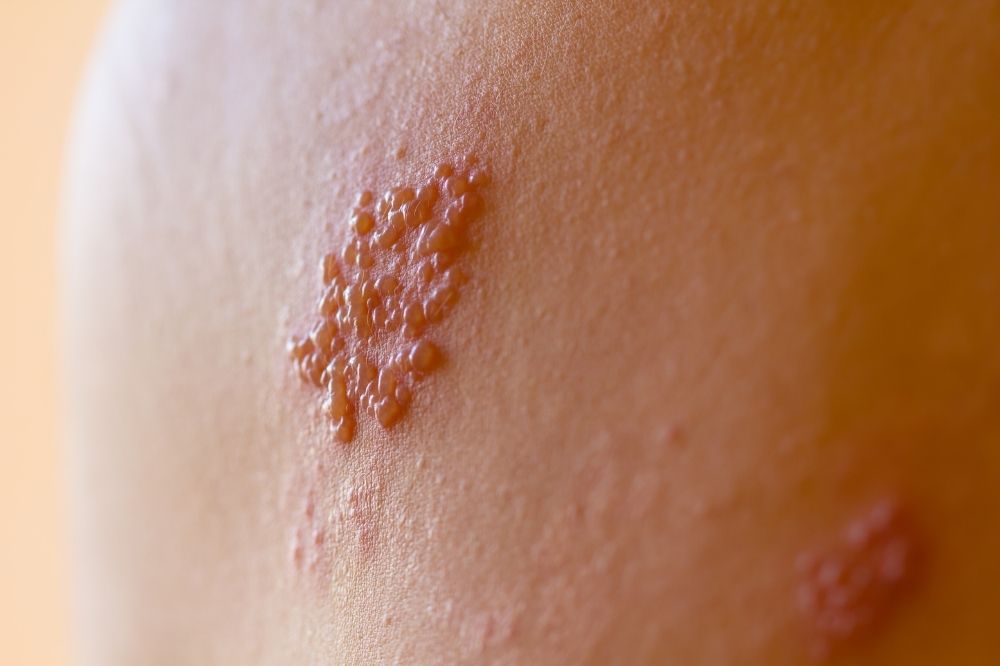Shingles is a viral skin disease that is usually seen in the form of pain, redness and fluid-filled vesicles, mostly on the trunk, in advanced ages. The virus that causes shingles is the virus that causes chickenpox, and this virus stays hidden in the nerve roots along the spinal cord for years and causes disease with the weakening of the body’s defense system.
Who Is Most Affected by Shingles (Herpes Zoster)?
Although anyone who has had chickenpox can get shingles, the risk of developing shingles increases with age, and the people with the following conditions have an increased risk for shingles;
- Old age (in the elderly),
- Stressful Life Events (Those who have physical and emotional stress),
- People who are Immunocompromised (In the presence of diseases, conditions that weaken (compromise or suppress) the immune system (such as leukemia, lymphoma, taking immunosuppressive medications, etc.),
What Are the Symptoms of Shingles (Herpes Zoster)?
Usually, the first symptom is unilateral, burning-stinging pain in a specific area. Following these findings, a red rash starts in the same area within 1-7 days and spreads to that area. Over time, they fill with liquid, then take an inflamed appearance, then dry up and resolve, and this period may take 2-3 weeks in total. Although very rarely, the disease can occur without a rash, and in this case, it becomes very difficult to diagnose. The most important feature of the rash in the zona is that it is located only on one side of the body. In other words, it shows a feature that does not pass to the other side of the body, which is typical for shingles.
How Is Shingles (Herpes Zoster) Diagnosed?
It is difficult to diagnose when there is only pain at the beginning and when red-watery sores have not yet formed in that area. It can be confused with many other similar diseases with pain. The disease is easily recognized by the appearance of fluid-filled blisters following the pain.
How Is Shingles (Herpes Zoster) Treated?
Shingles may resolve spontaneously within 2-3 weeks. The aim of the treatment is to reduce the painful process and accelerate the healing. It is more effective if the treatment is started within the first 3-4 days. Treatment options are antiviral tablets and creams, pain relievers, antibiotics and some solutions.
Is Shingles (Herpes Zoster) Contagious?
Shingles can be transmitted to children, pregnant women and people with weakened immune systems through contact, and in this case, the disease is passed as chickenpox, not shingles. For this reason, a person with shingles should stay away from people who are at risk.
Does Shingles (Herpes Zoster) Leave Scars?
Scars can occur only in very severe cases or when the wounds are infected with other microorganisms.
Does the Pain Continue After Shingles (Herpes Zoster)?
Following the healing of wounds, a painful period called “post-herpetic neuralgia” may develop in approximately 40% of elderly patients in particular and this period may last up to 12 months. In this case, painkillers can be used with the recommendation of the physician.




